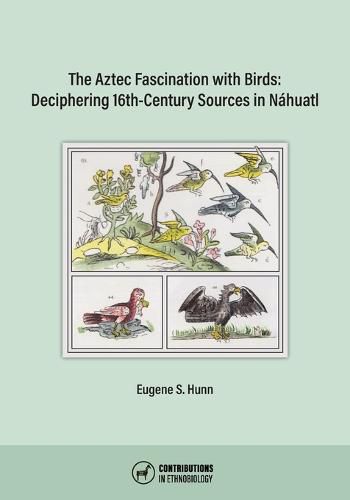Readings Newsletter
Become a Readings Member to make your shopping experience even easier.
Sign in or sign up for free!
You’re not far away from qualifying for FREE standard shipping within Australia
You’ve qualified for FREE standard shipping within Australia
The cart is loading…






The Aztec empire was established in the Valley of Mexico in the 14th century, eventually dominating a vast region from a base on their island capital city, Tenochtitlan. Hernan Cortes sacked Tenochtitlan for Spain in 1521. Missionary friars arrived soon after to begin the Christianization of the Mesoamerican population. To facilitate their conversion, Franciscan scholars trained the descendants of the Aztec nobility in alphabetic writing. Indigenous students/colleagues soon mastered written Latin and learned to write their native Nahuatl. Fray Bernardino de Sahagun organized a complex ethnographic enterprise employing Indigenous colleagues to compile an encyclopedia of Indigenous Aztec knowledge. This work survived in Spanish translation as the Historia General de las Cosas de Nueva Espana and was subsequently published with parallel Nahuatl and English texts as the Florentine Codex. Book 11 of the Codex is devoted to "Earthly Things" of which the "Second Chapter, ...telleth of all the different kinds of birds." Over 130 are named and described and illustrated in varying detail. However, establishing the correspondence of these birds with our contemporary ornithological inventory of Mexican birds has been a challenge. The Mexican biologist Martin del Campo published an analysis based on the Spanish version in 1940, and his suggested identifications have been treated as definitive. I have reviewed the evidence in light of contemporary knowledge and offer here a refined analysis of the probable identities of the birds named in the Codex with a detailed rationale. This material offers rich insights into a Mesoamerican traditional natural history.
$9.00 standard shipping within Australia
FREE standard shipping within Australia for orders over $100.00
Express & International shipping calculated at checkout
The Aztec empire was established in the Valley of Mexico in the 14th century, eventually dominating a vast region from a base on their island capital city, Tenochtitlan. Hernan Cortes sacked Tenochtitlan for Spain in 1521. Missionary friars arrived soon after to begin the Christianization of the Mesoamerican population. To facilitate their conversion, Franciscan scholars trained the descendants of the Aztec nobility in alphabetic writing. Indigenous students/colleagues soon mastered written Latin and learned to write their native Nahuatl. Fray Bernardino de Sahagun organized a complex ethnographic enterprise employing Indigenous colleagues to compile an encyclopedia of Indigenous Aztec knowledge. This work survived in Spanish translation as the Historia General de las Cosas de Nueva Espana and was subsequently published with parallel Nahuatl and English texts as the Florentine Codex. Book 11 of the Codex is devoted to "Earthly Things" of which the "Second Chapter, ...telleth of all the different kinds of birds." Over 130 are named and described and illustrated in varying detail. However, establishing the correspondence of these birds with our contemporary ornithological inventory of Mexican birds has been a challenge. The Mexican biologist Martin del Campo published an analysis based on the Spanish version in 1940, and his suggested identifications have been treated as definitive. I have reviewed the evidence in light of contemporary knowledge and offer here a refined analysis of the probable identities of the birds named in the Codex with a detailed rationale. This material offers rich insights into a Mesoamerican traditional natural history.